Report this entry
More from the same community-collection
Westside Baptist Temple in Prado Verde Upper Valley
Westside Baptist Temple is located on 901 West Borderland Road ...
Rudy's on South Desert Blvd. in West El Paso
The Rudy's in West El Paso is located on 6401 South Desert Blvd. ...
Puerta Villa at Cimarron in West El Paso
Puerta Villa at Cimarron in West El Paso "The pinnacle of ...
Sunland Park Mall in West El Paso
Sunland Park Mall sign on the corner of Sunland Park Drive and ...
Shopping Plaza Sign in Sunland Park, West El Paso
This is the Sunland Towne Center sign at the corner of Sunland ...
Shadows over Franklin Mountain and Cimarron in West El Paso
Shadows over Franklin Mountain and Cimarron in West El Paso.
On Artcraft Rd to Santa Teresa Port of Entry in Santa Teresa, NM
On Artcraft Rd to Santa Teresa Port of Entry in Santa Teresa, NM
New Condos on Mesa Street in West El Paso July 2014
New Condos on Mesa Street in West El Paso July 2014

















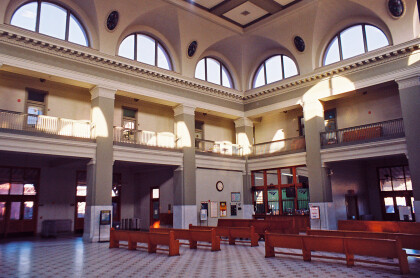
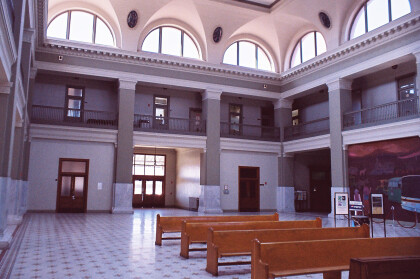
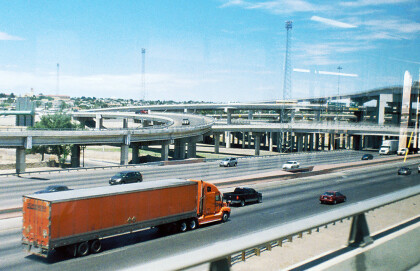
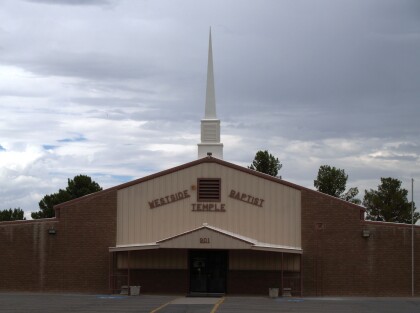
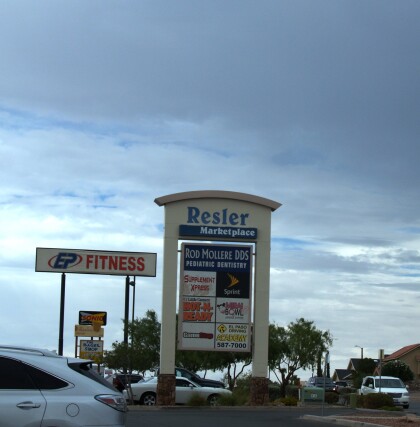
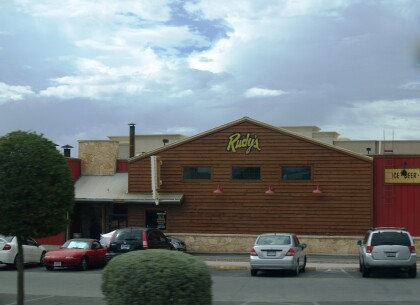
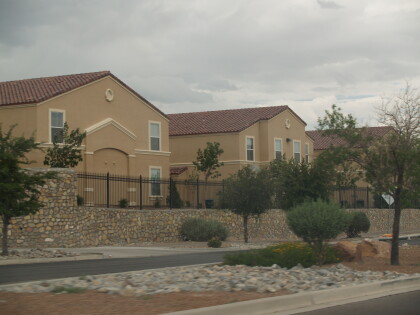
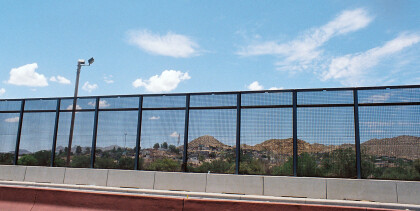
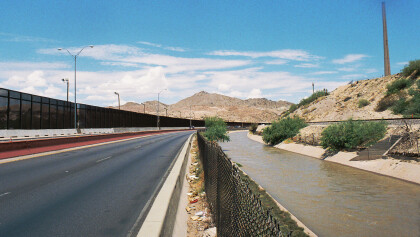
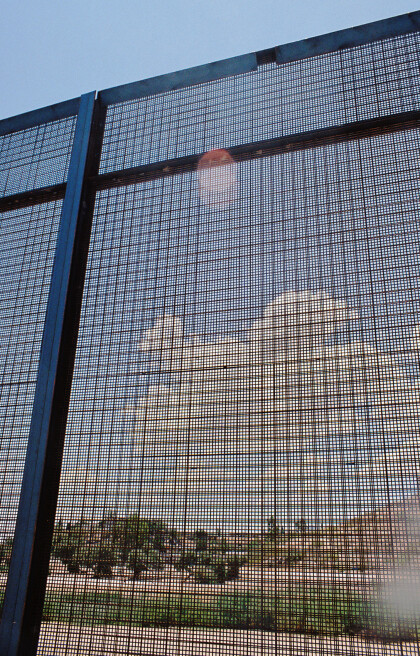


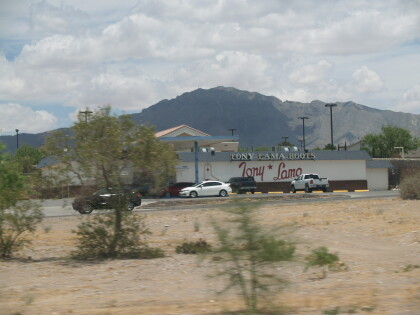
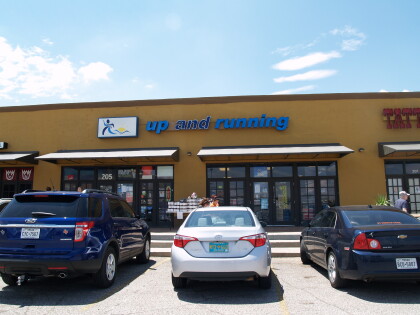
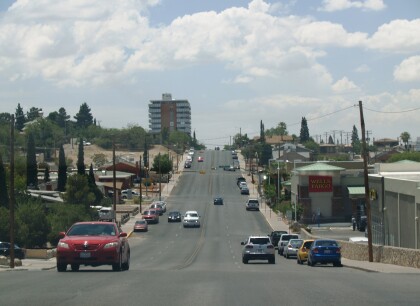
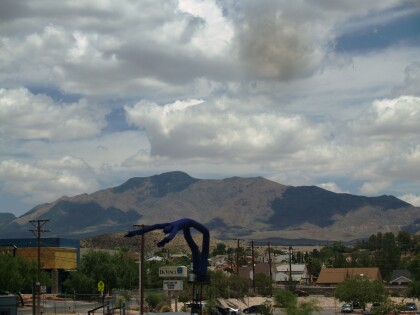
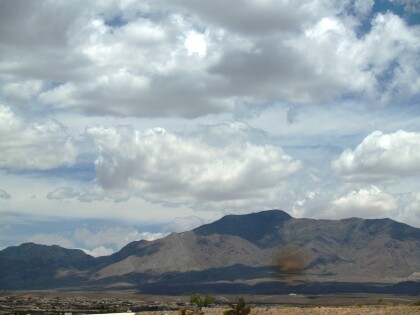
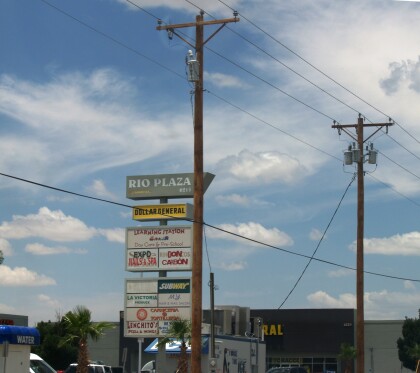
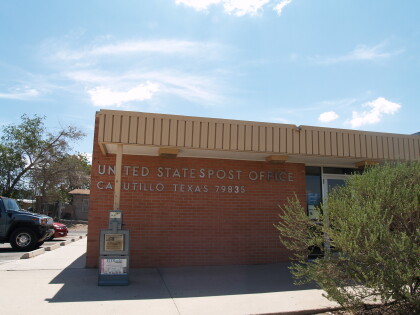
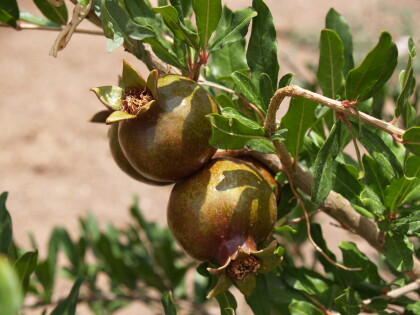
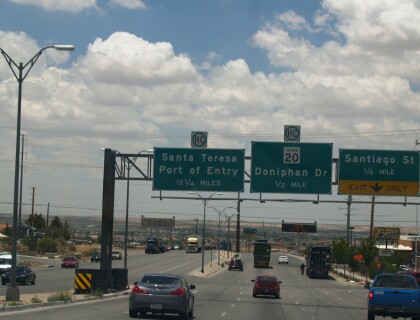
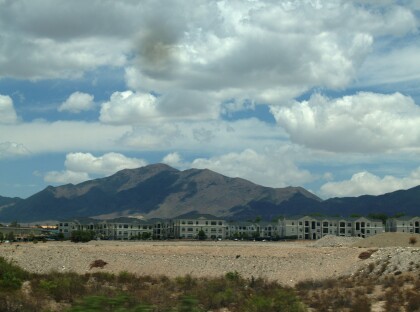
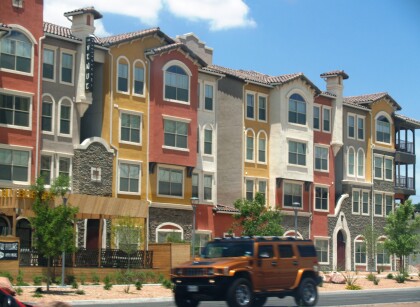
Comments
Add a comment